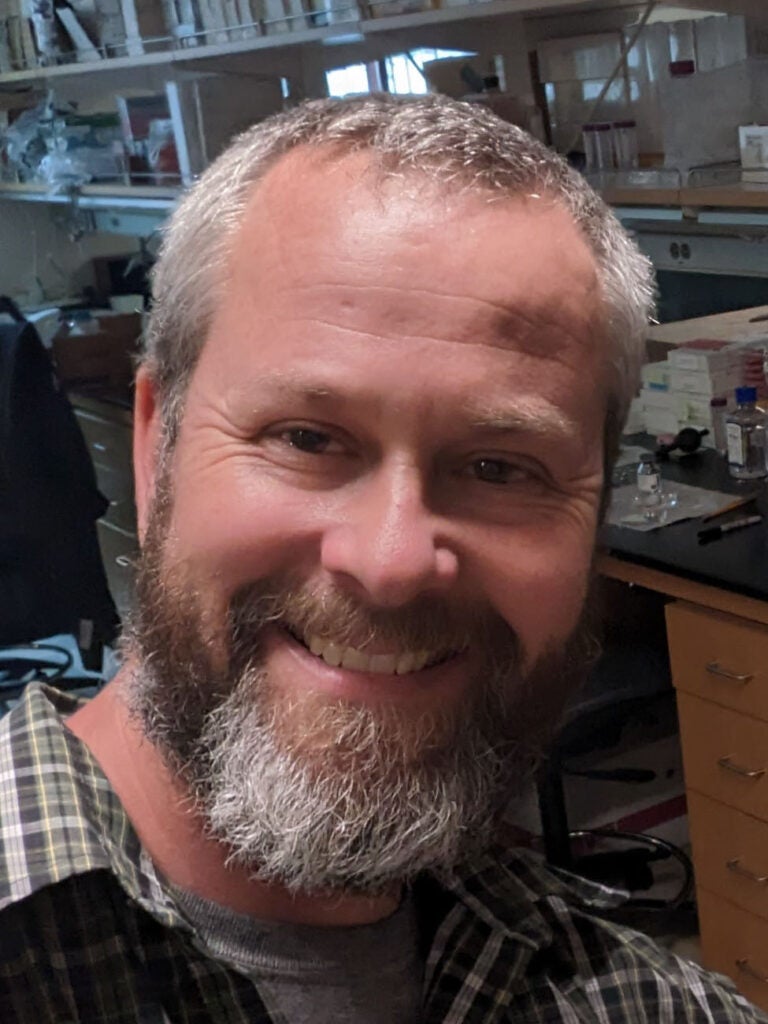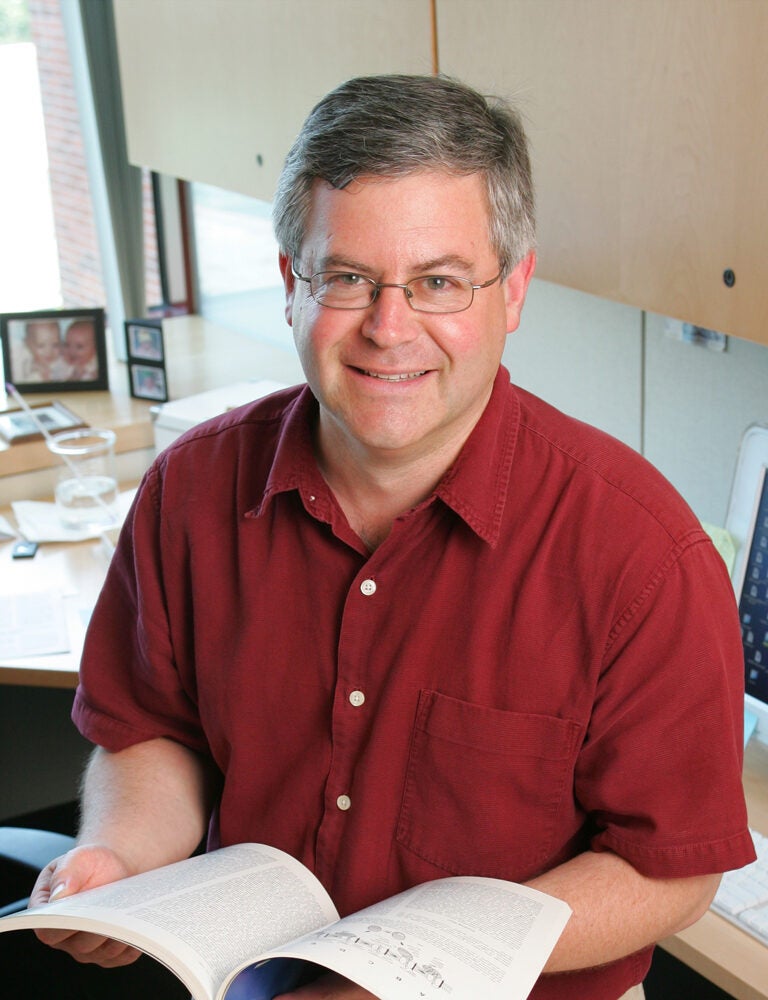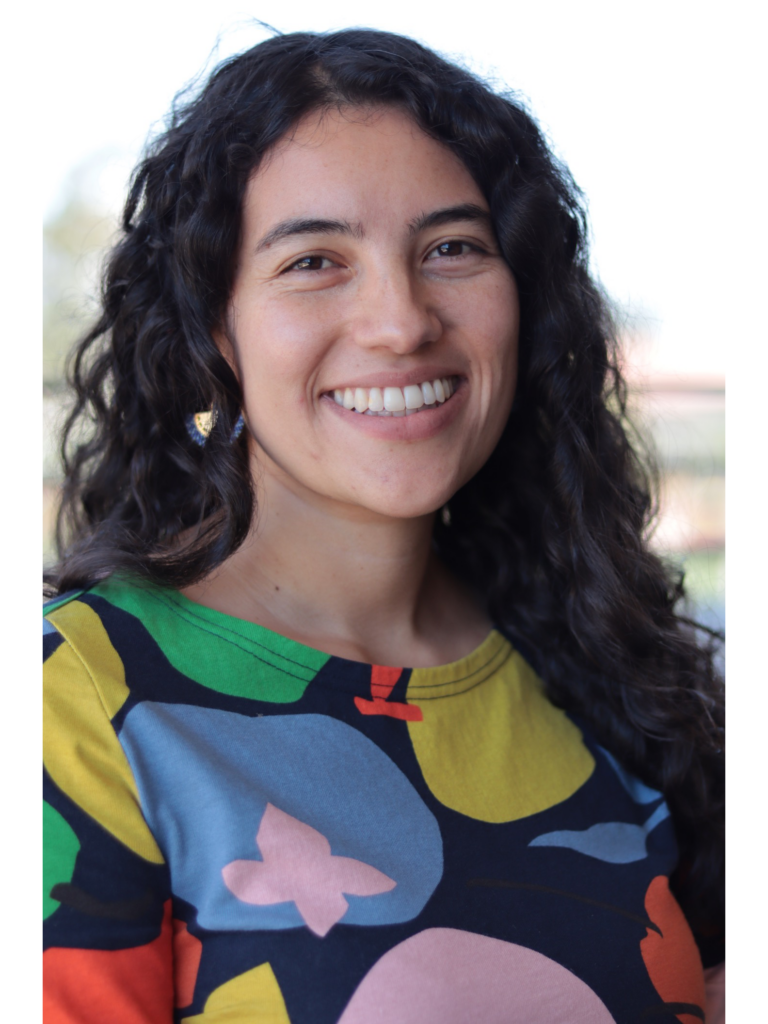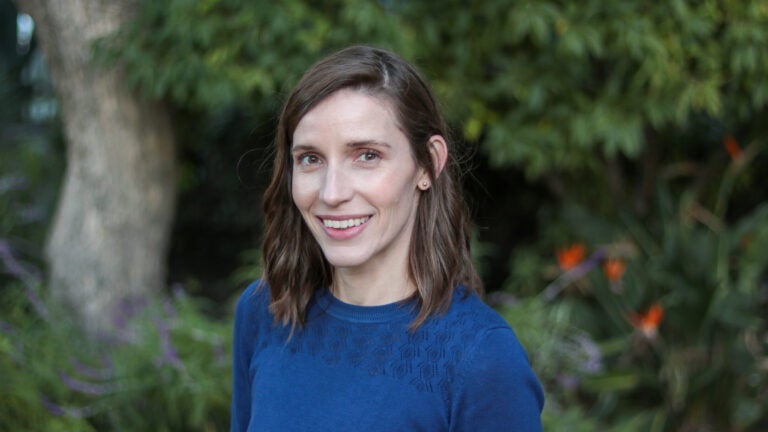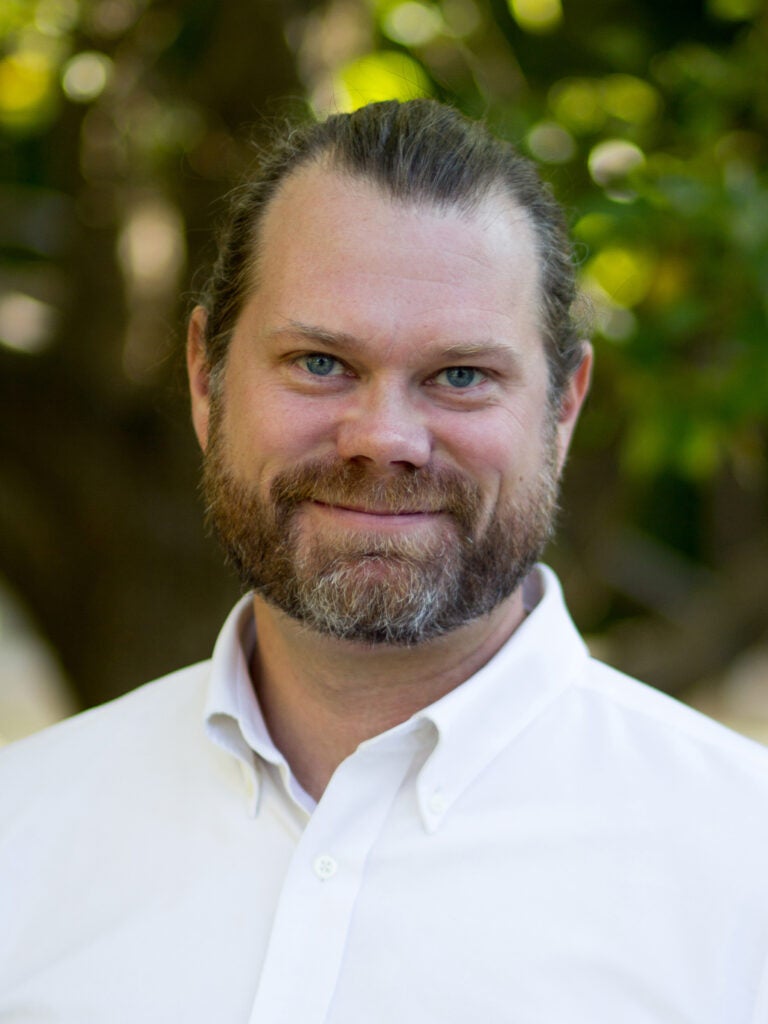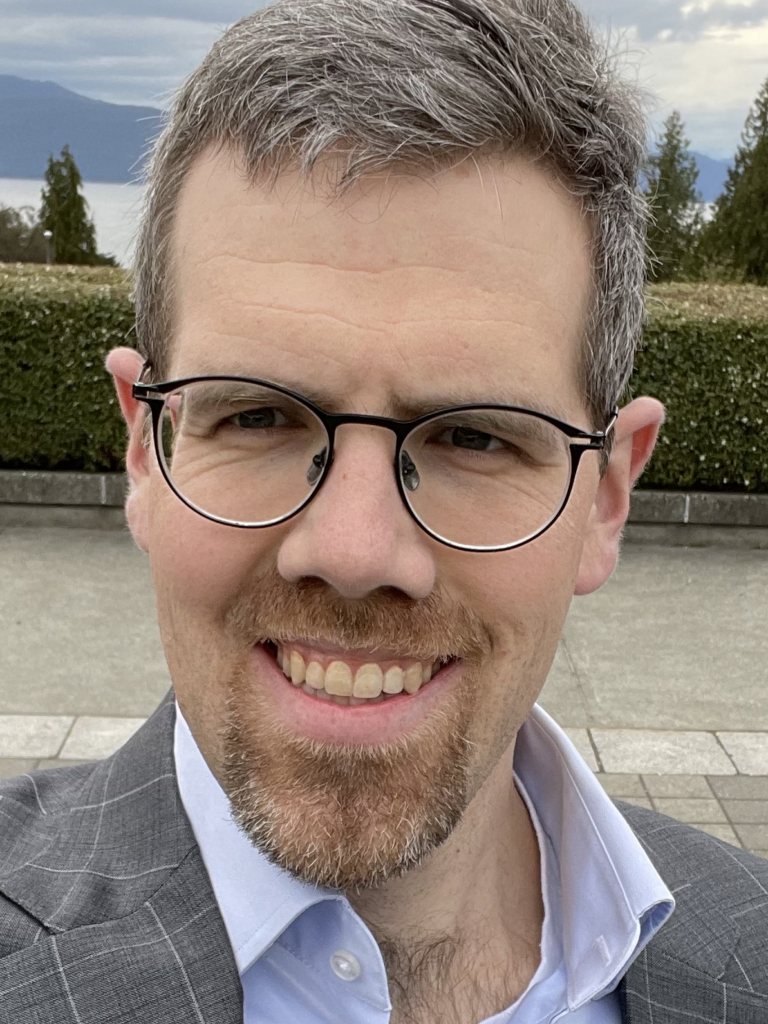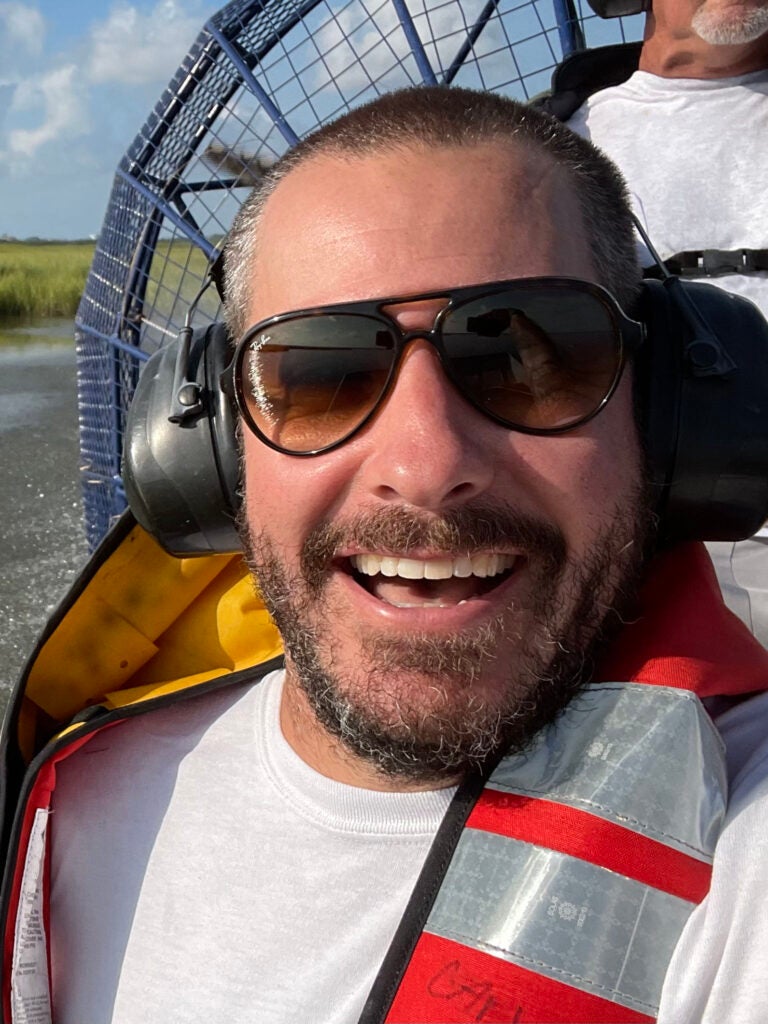The Center for Ecological and Evolutionary Dynamics includes faculty from multiple sections and departments across USC.
The overarching theme of our research group is to use genetic approaches to understand how evolutionary forces shaped the genetic architecture of complex traits within and between populations. To this end, we have been involved in a number of past and ongoing genetic epidemiology studies in mapping genetic loci underlying human complex traits. We are also continually interested in investigating the evolutionary forces, namely demography and selection, that shaped the pattern of genetic variability and phenotypic distribution, through both method developments and empirical analyses.
Dr. Dean’s research is focused on the evolutionary genetics of reproduction and sexual selection.
The Edge lab focuses on methods and theory in population genetics and related fields. Special interests of the lab include complex traits and forensic genetics. Our approaches are often influenced by coalescent theory or related tree-based representations.
The Edmands Lab is broadly interested in conservation, population and evolutionary genetics. Much of our work uses the crustacean Tigriopus californicus (“the Drosophila of the Sea”) as a model for understanding the genetic basis of fundamental biological processes including reproductive isolation, environmental stress tolerance and aging. Our lab also studies temporal and spatial genetic variation in organisms of concern for conservation and management, including current work on genetics and evolution of the island fox.
Work in the Finkel lab focusses on the long-term adaptation, survival, and evolution of bacteria in complex, dynamic communities. Using a combination of molecular genetic, genomic, biochemical and physiological methods, we study the ways that bacteria sense and adapt to ever-changing environments. The systems we study range from laboratory cultures of bacteria, to microbes in the human gut, and even bacteria isolated from the deep biosphere, including from crustal fluids beneath the ocean floor.
Our lab develops and applies statistical methods to understand the genetic basis of human disease, with expertise in combining population genetics, genetic epidemiology and functional genomics approaches. We are interested to understand how evolution at different point in time have impacted our risk of human diseases, and to leverage evolutionary patterns to prioritize disease variants and genes.
In the Ecological Data Science Lab at USC, we combine statistical and computational methods with large biodiversity datasets to learn about ecological processes and inform conservation actions. Specifically, we apply statistical models to opportunistic records without yielding biased trends, to determine how the distribution of pollinators has changed through time.
Noelle Held studies the connectivity of life and the Earth by identifying how marine microbes interact with ocean biogeochemistry at small and large scales. Her group specialises in environmental proteomics, systems biology, microbial ecology, and ocean biogeochemistry.
The Cnidarian Evolutionary Ecology Lab studies how organism-environment interactions induce or select for different phenotypes and how these ecological interactions influence and are influenced by the evolutionary trajectories of populations and species. We use a variety of methods to address these questions, ranging from field experiments to ecophysiology to genomic analyses. We also have a strong interest in “translational ecology” and prioritize questions with conservation and restoration applications.
My group uses a combination of experimental, computational, and theoretical approaches to quantitatively understand decision-making in single cells and tissues, focusing on questions in vascular and germ-cell development. We also investigate how environmental stressors affect development and create advanced molecular tools to conserve birds.
Adam MacLean’s lab studies cell fate decision-making using theoretical approaches. We develop mathematical models and inference tools to gain insight into stem cells and the gene regulatory networks that control them. These models are built upon principles from nonlinear dynamical systems, theoretical ecology, and cellular population dynamics.
My research aims to develop novel computational and statistical approaches to understand the genetic etiology of complex diseases. This includes integrating molecular phenotypes (e.g., gene expression, protein abundance) with large-scale genome-wide association studies, characterizing the genetic architecture of complex disease (e.g., rare vs common variation), and quantifying the role of selection in shaping the effect-size distribution for alleles.
The McGowan lab seeks to understand the relationships between the musculoskeletal morphology of terrestrial vertebrate animals and the biomechanics and neural control of locomotor performance in an ecologically and evolutionarily relevant framework.
The Mooney Lab is interested in broad population genetics questions. We focus mainly on topics within the realm of consequences of deleterious (non-neutral) mutations, where deleterious mutations tend to aggregate in the genome, and understanding patterns of genomic sharing through identity-by-descent segments and runs of homozygosity. We have projects exploring these topics in human and non-human populations.
Dr. Sergey Nuzhdin
The Nuzhdin lab employs molecular biology and bioinformatic techniques to better understand the interactions between genotype and phenotype across a wide range of organisms. Currently, we are broadly interested in how these techniques can be applied to aquaculture in Southern California, specifically with seaweed and bivalves.
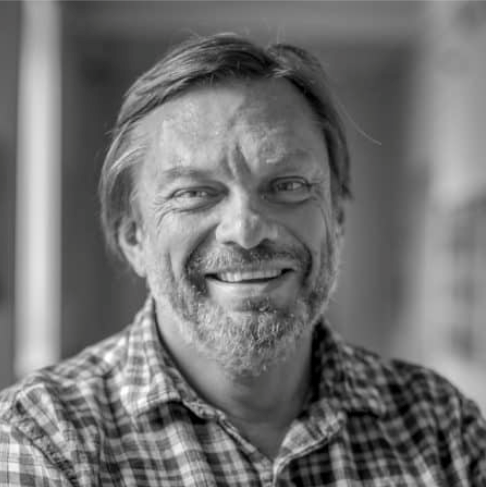
In his research, he uses phylogenetic trees, graphical depictions of historical relationships, to study evolution at multiple scales—from the grandest (e.g., the origin of major groups of organisms) to the smallest (e.g., the transmission of viruses and the development of the adaptive immune system within an individual) of scales.
The interactions of microbes with other life on earth often produce collective phenomena that are greater than the sum of individual cellular parts. How do collective phenomena emerge from the microscale interactions of cells and their biotic/abiotic environment? The question is difficult to answer due to the phenotypic plasticity and genetic variation that are core attributes of many microbial populations. My lab takes an interdisciplinary approach to understand how plasticity and variation shape the collective behaviors of microbes in coastal ecosystems.
The Thrash Lab investigates the relationships among and between aquatic microorganisms and their environment. We combine high throughput culturing, physiology, and pure culture multi-omics techniques with cultivation independent methods (e.g., meta-omics and single-cell genomics). We seek to understand why microorganisms occur where they do and what they are doing there.

